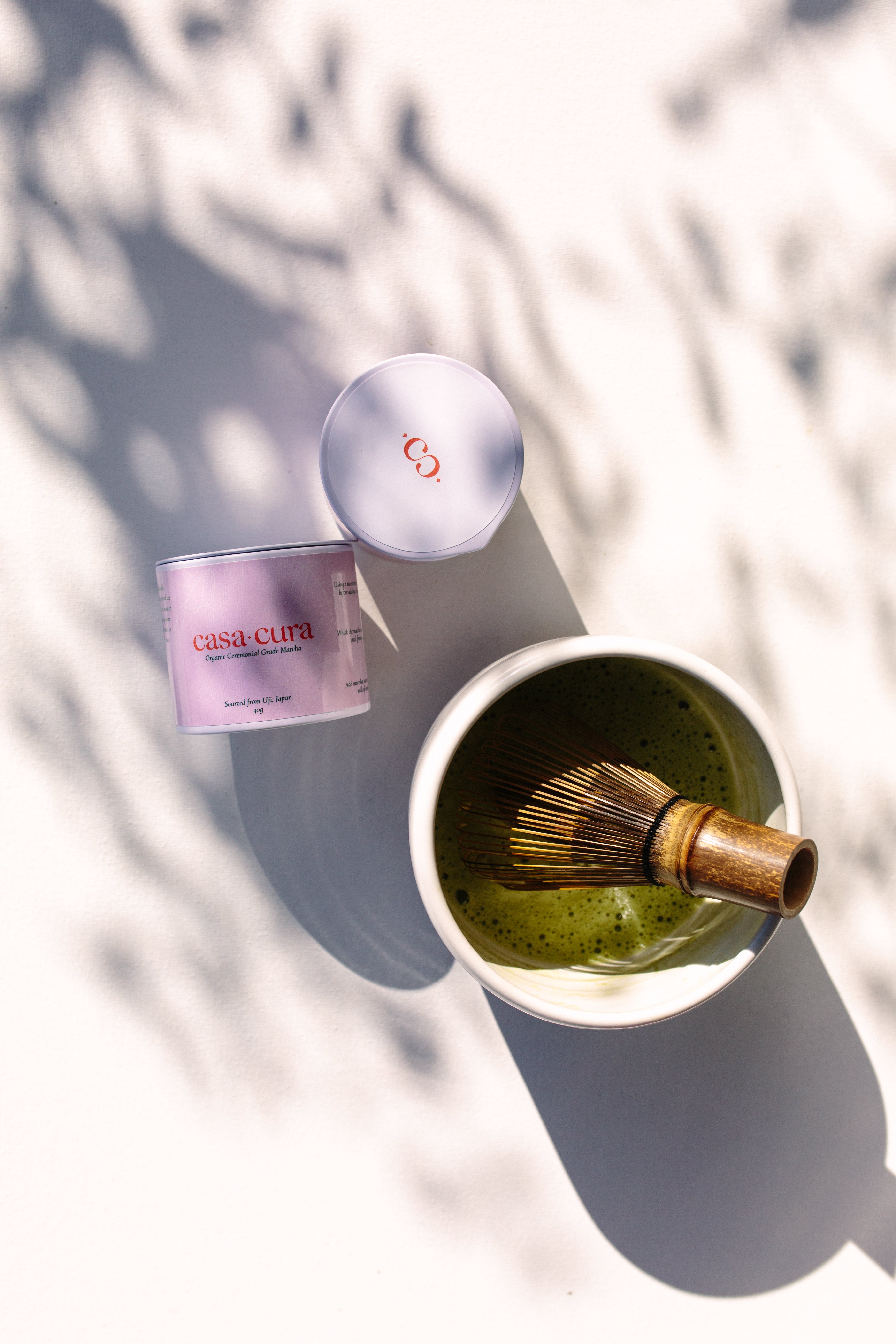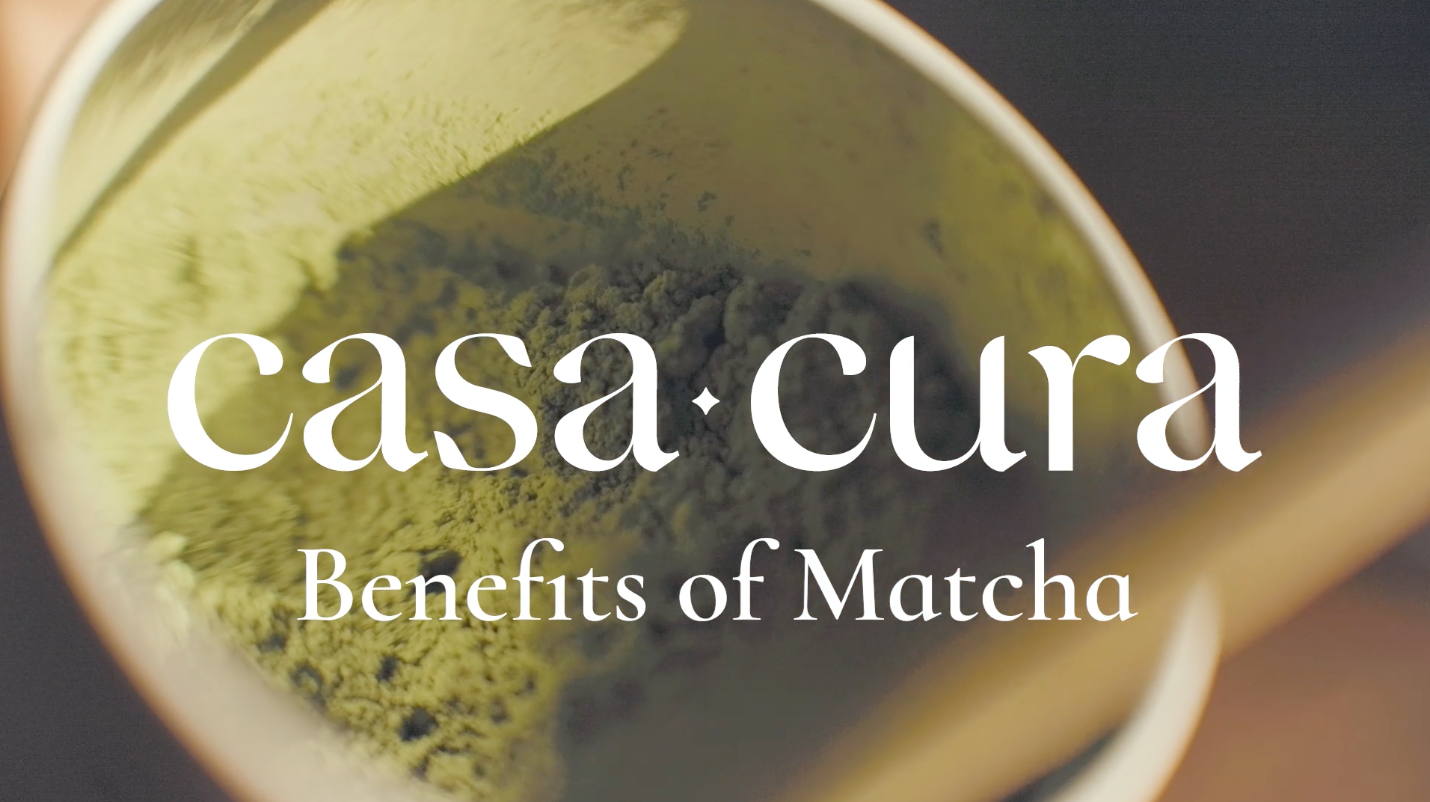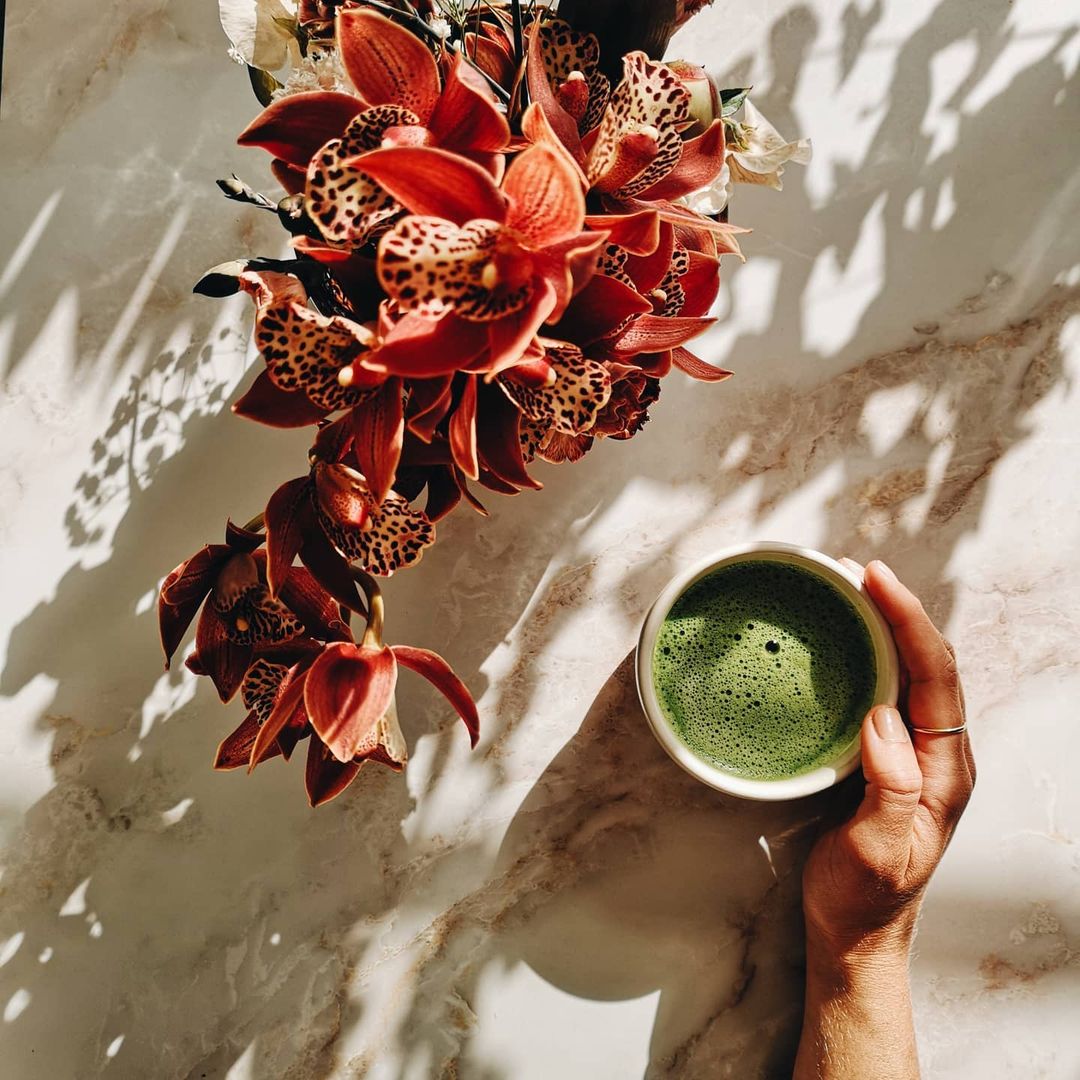
Japanese roots
Casa Cura Organic Matcha is ethically sourced and grown in the finest conditions at family-owned farms in a region of Japan called Uji, known for its matcha cultivation for over 800 years. Uji is renowned for its fertile soil and pure waters, creating excellent conditions for growing tea. The climate is also conducive to making exceptional tea as it rains often and regular fog protects the delicate tea leaves from frost.
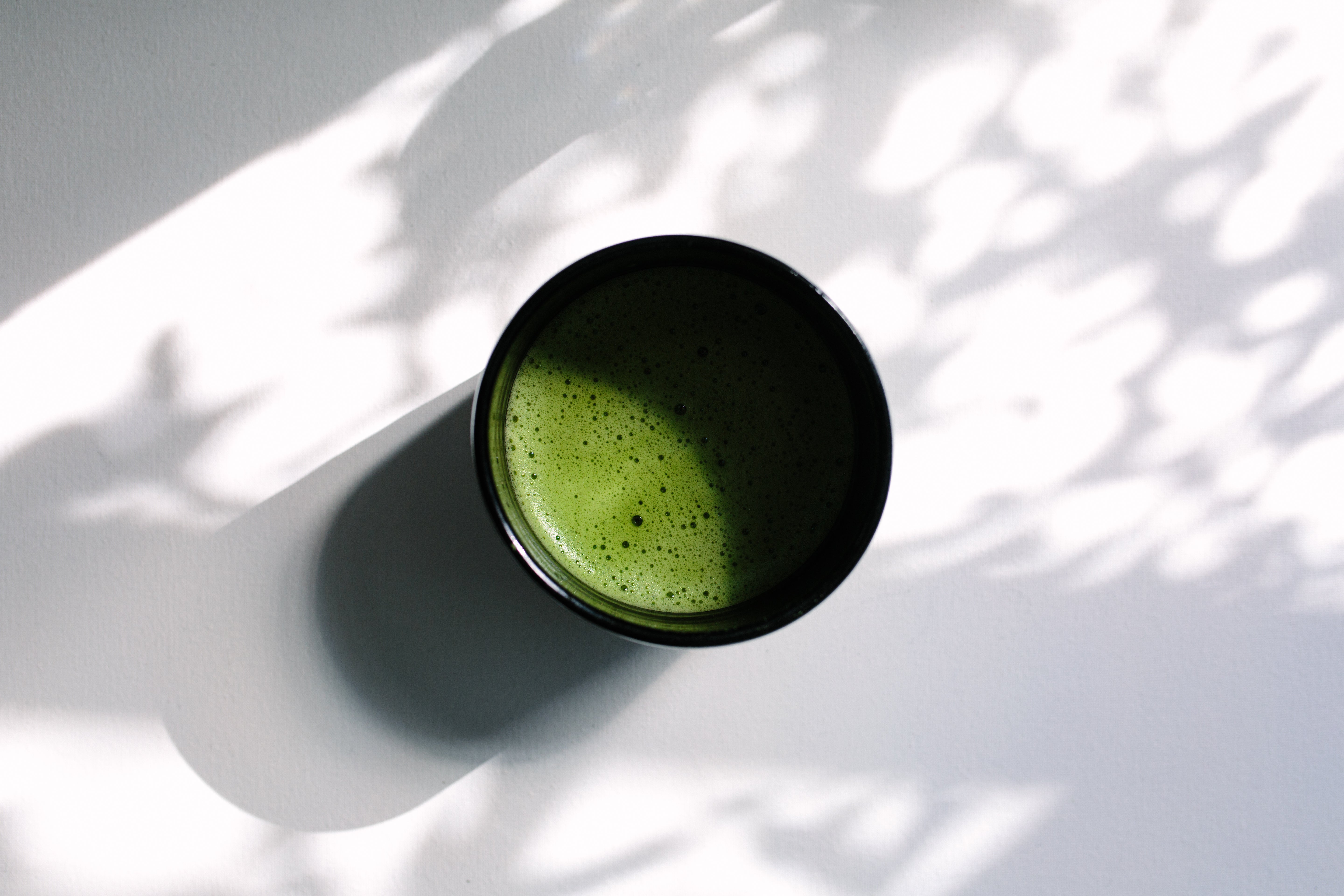
Ceremonial grade
Ceremonial grade distinction doesn’t have an official definition by a certifying body, however, for us, it defines our matcha as being consciously made from the finest, smallest shade-grown leaves from the tea plant, before steaming, drying and grinding the leaf with a granite stone to make our matcha powder.
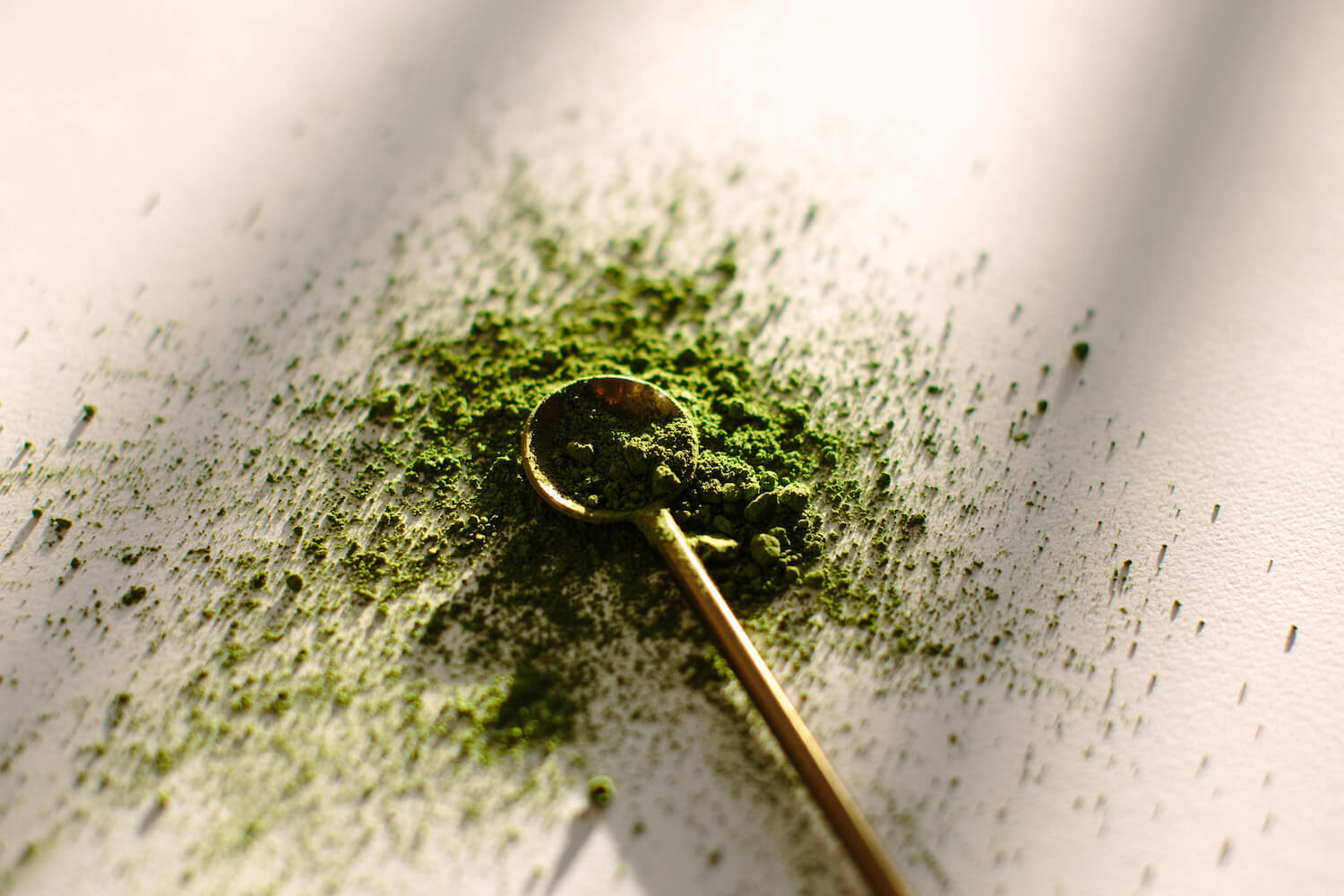
Small-batch
Our matcha is harvested and cultivated with care in small batches for optimum freshness. The most superior matcha is made using tea leaves from the first harvest; this takes place in the spring when the highest quality green tea in Japan grows. It’s this first harvest of tea leaves that gives Casa Cura Organic Matcha its vivid lush green hue.
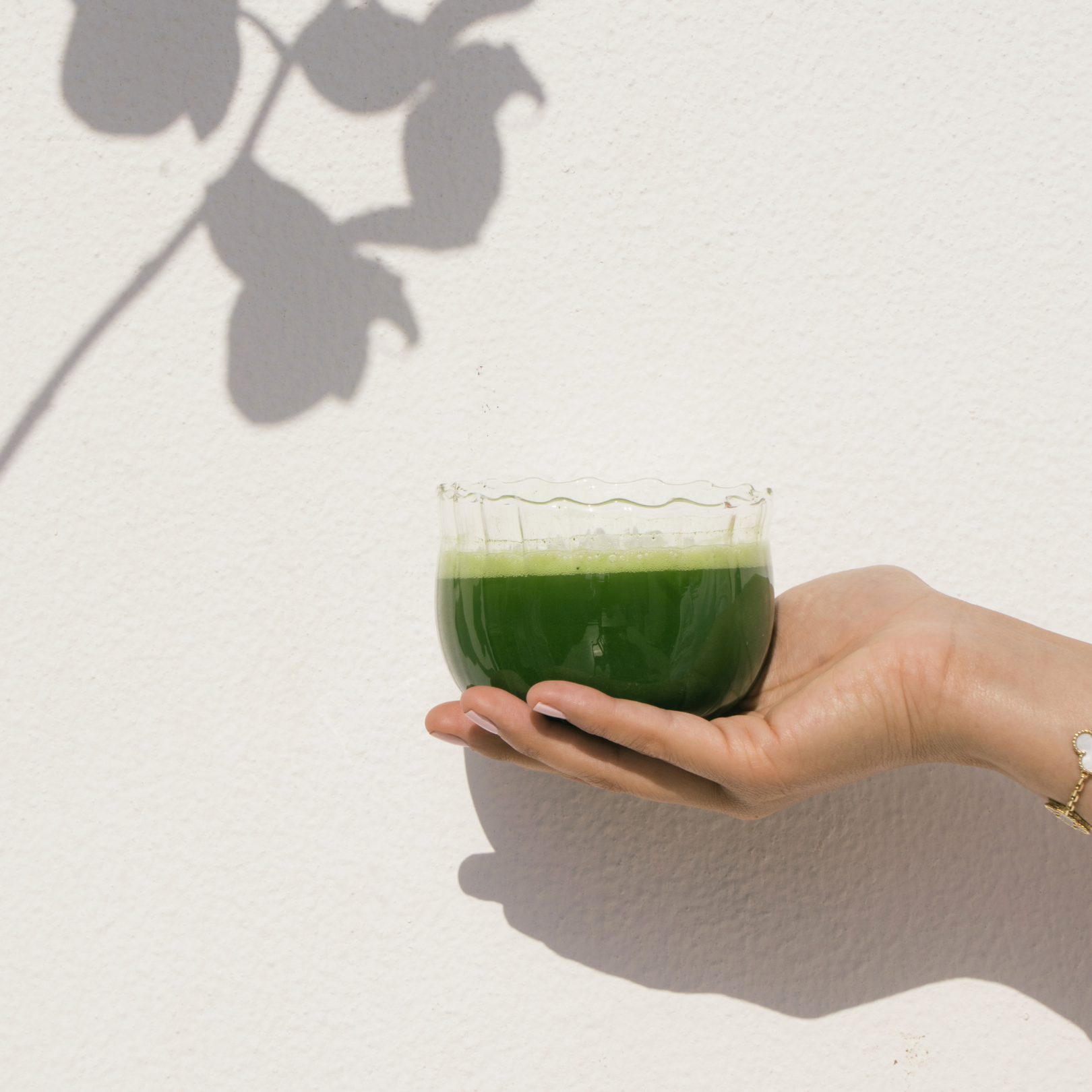
Sensory joy
Authentically crafted by milling tea leaves with a granite stone, this traditional method of grinding the tea leaves to make our matcha powder takes up to one hour to produce the 30 grams found in a Casa Cura tin. Producing an ultra-fine texture that’s decadently smooth, with a rich aroma and a mellow and naturally sweet taste - our organic matcha is made for the senses.
Matcha: From Plant to Vibrant Tea
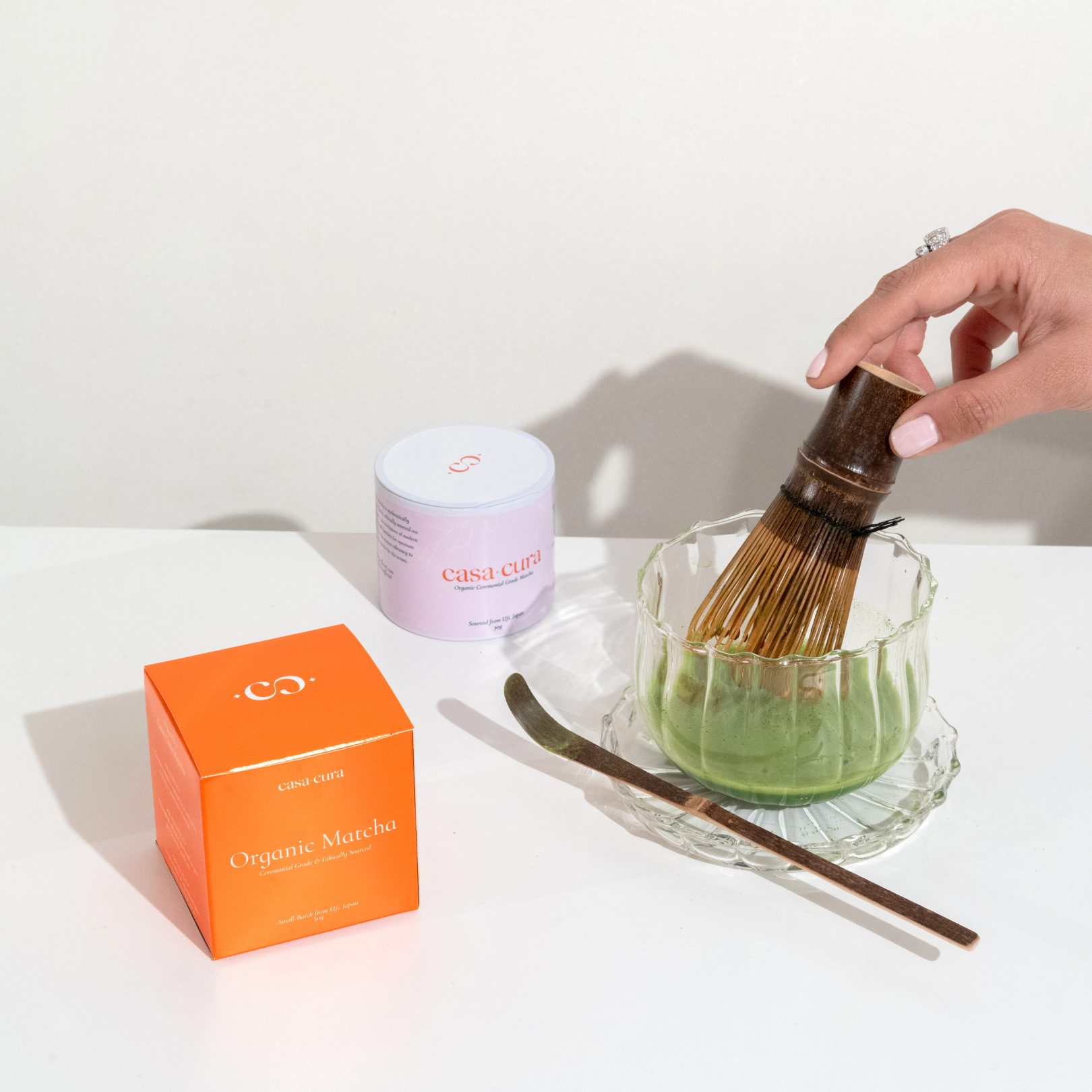
Make Matcha Your Way
From light and frothy to rich and bold, there’s more than one way to enjoy matcha. Discover the simple techniques behind Usucha, Koicha, and modern daily rituals—and find the style that feels right for you.


